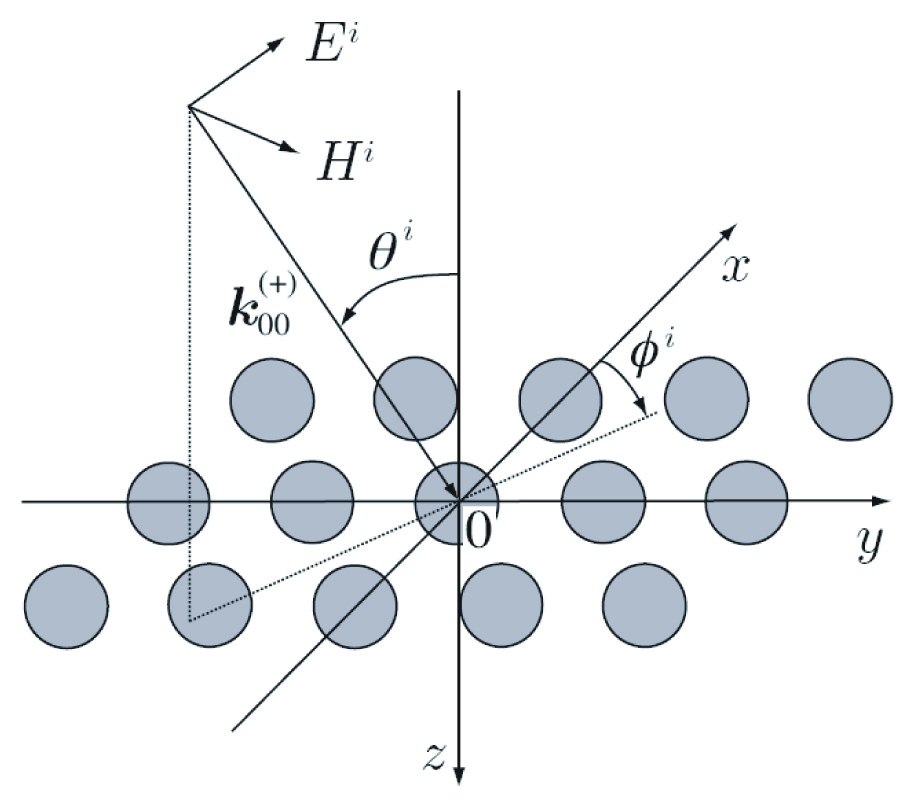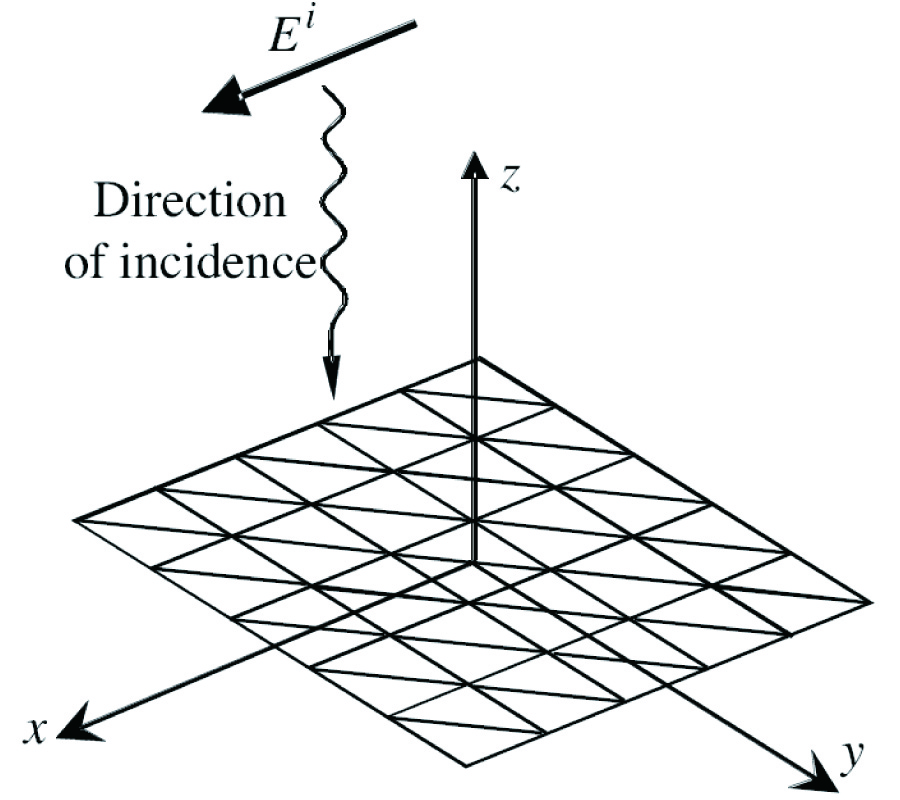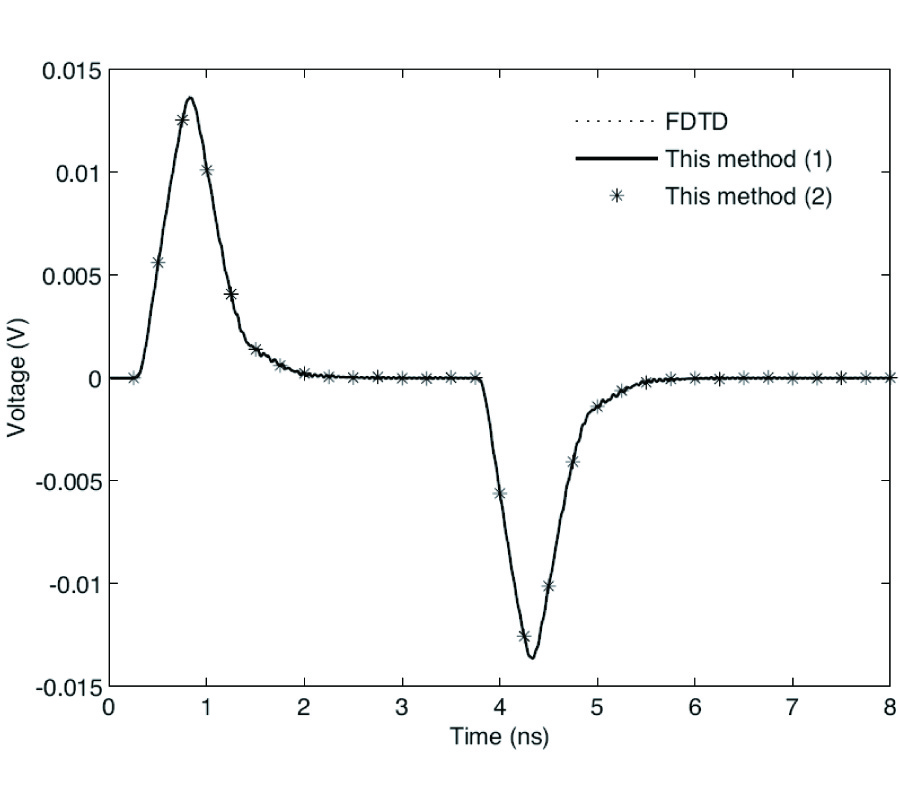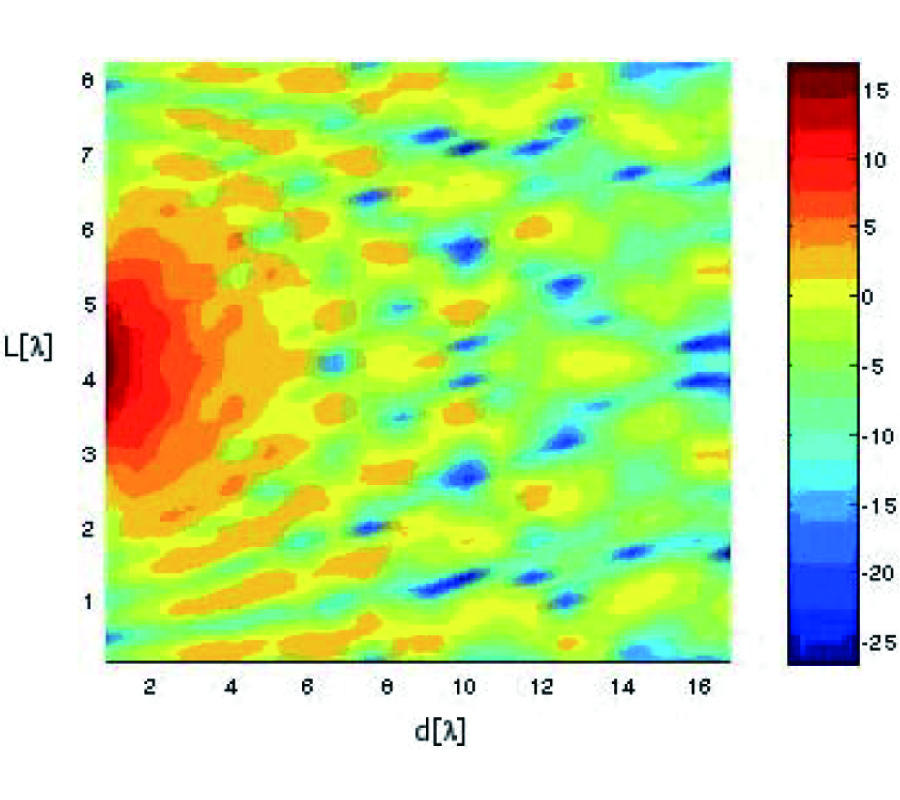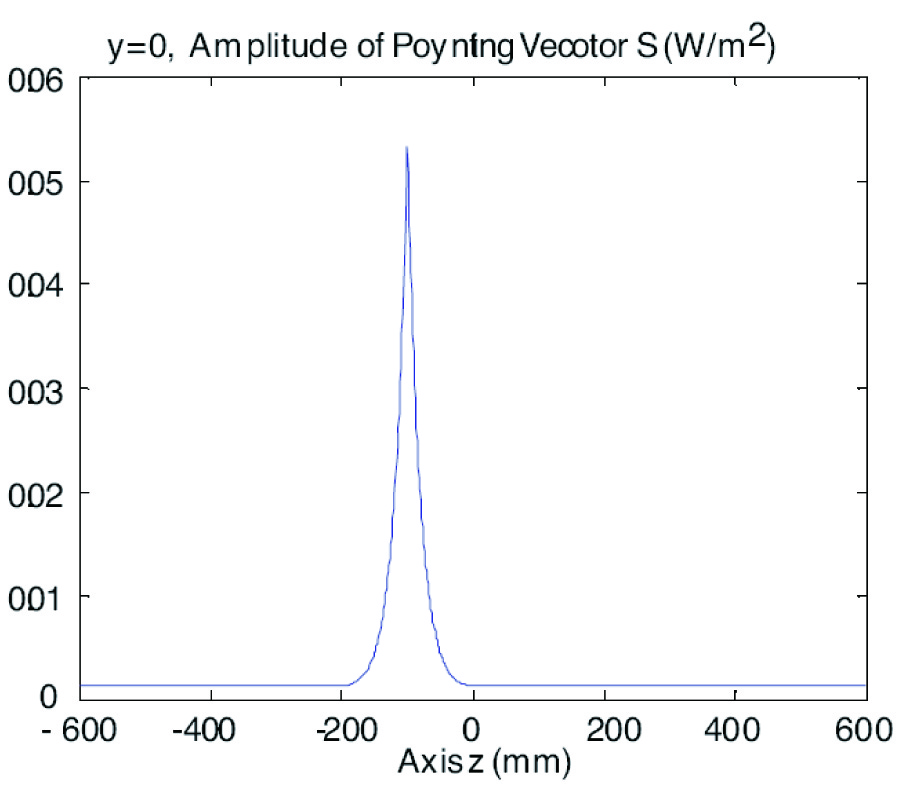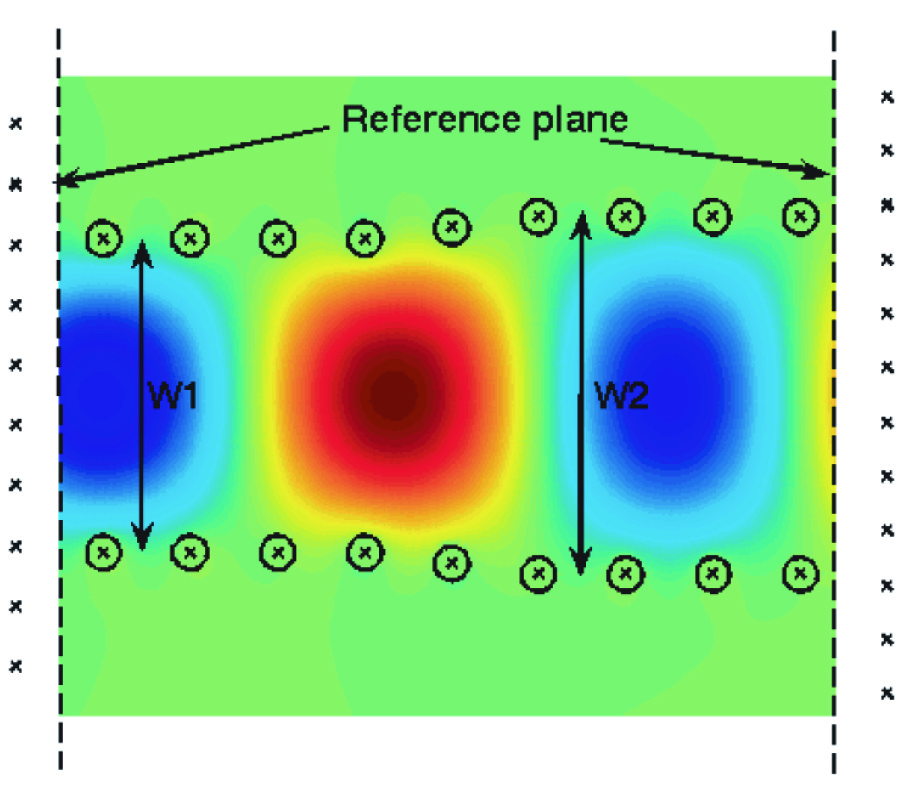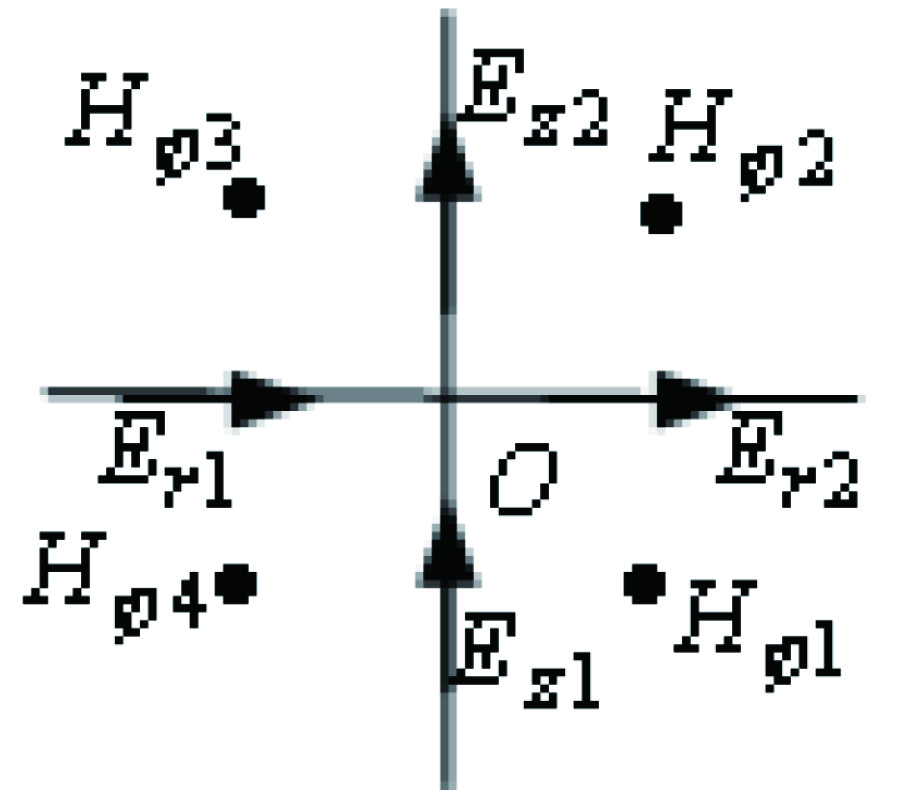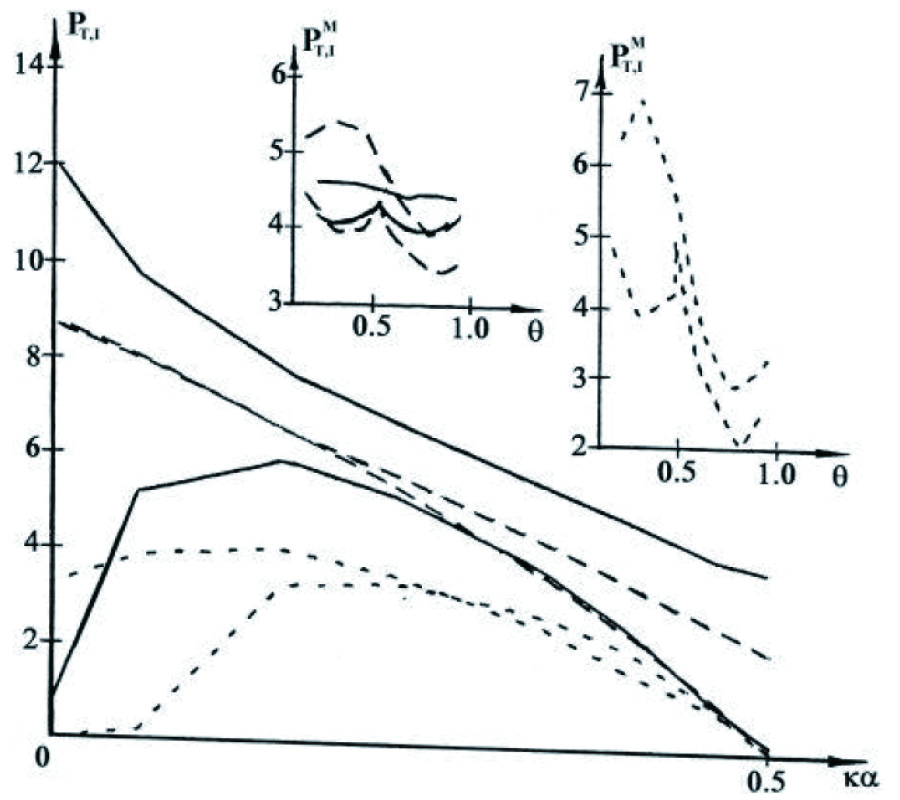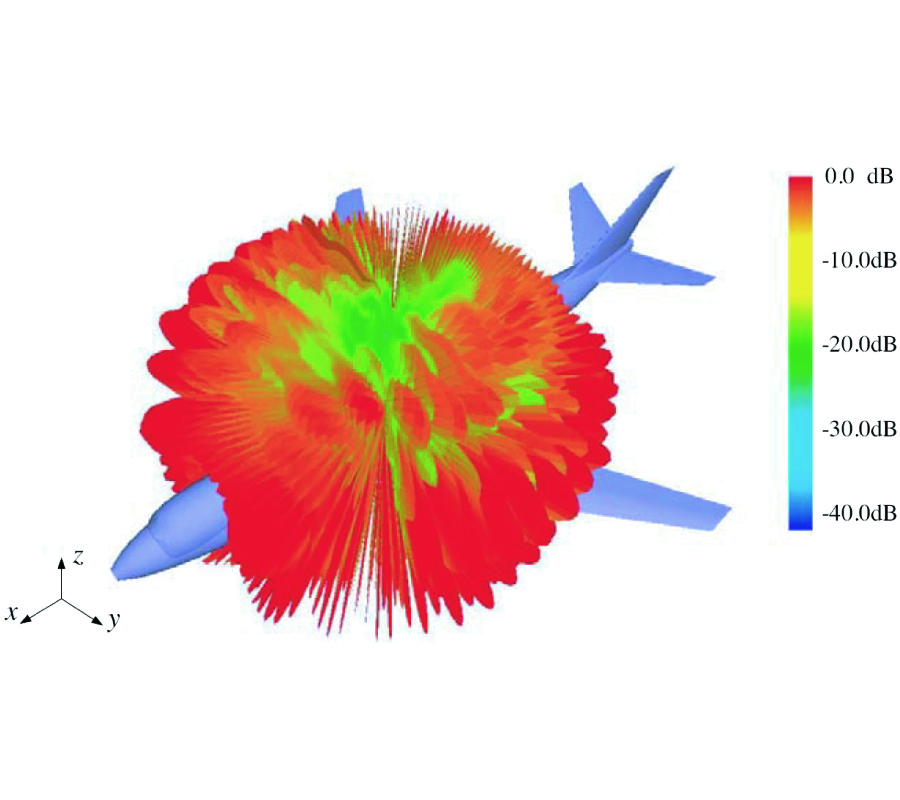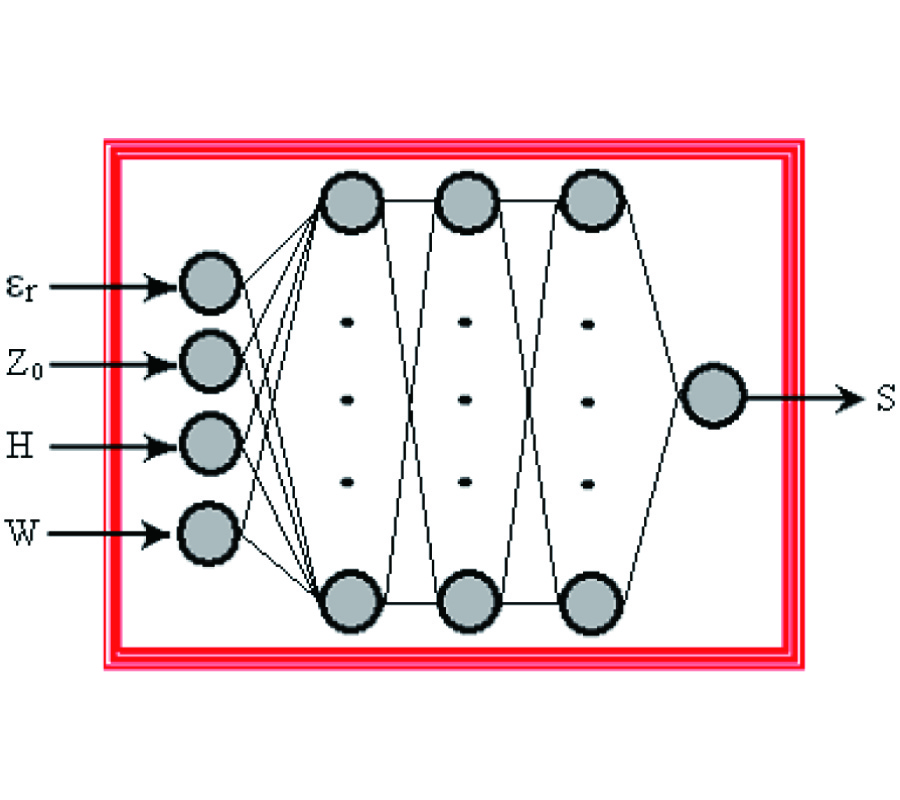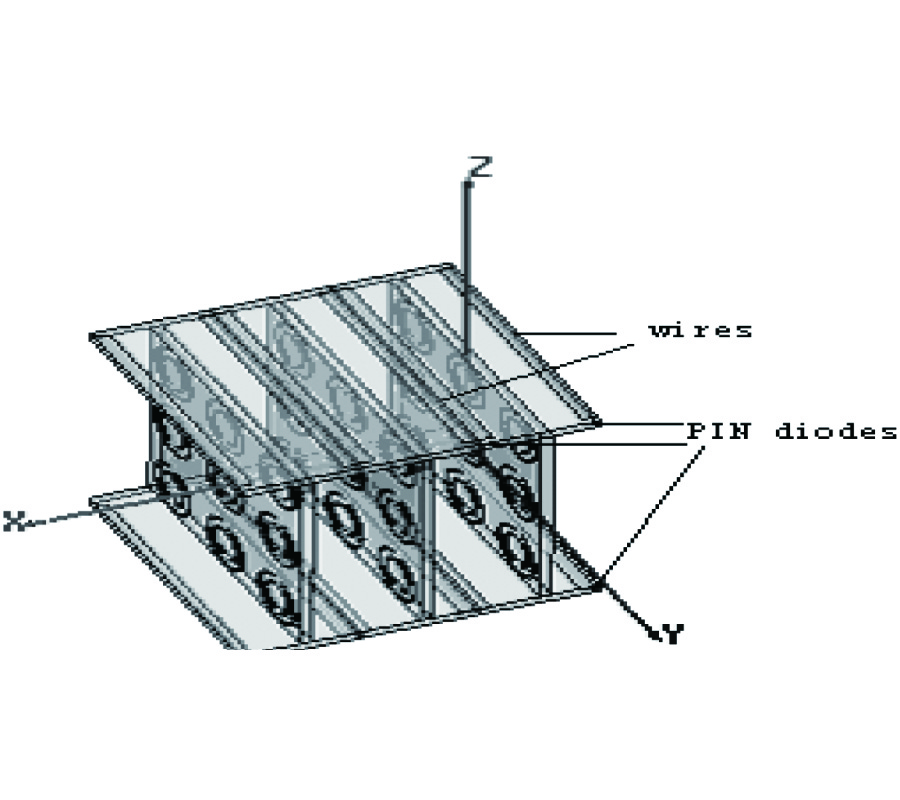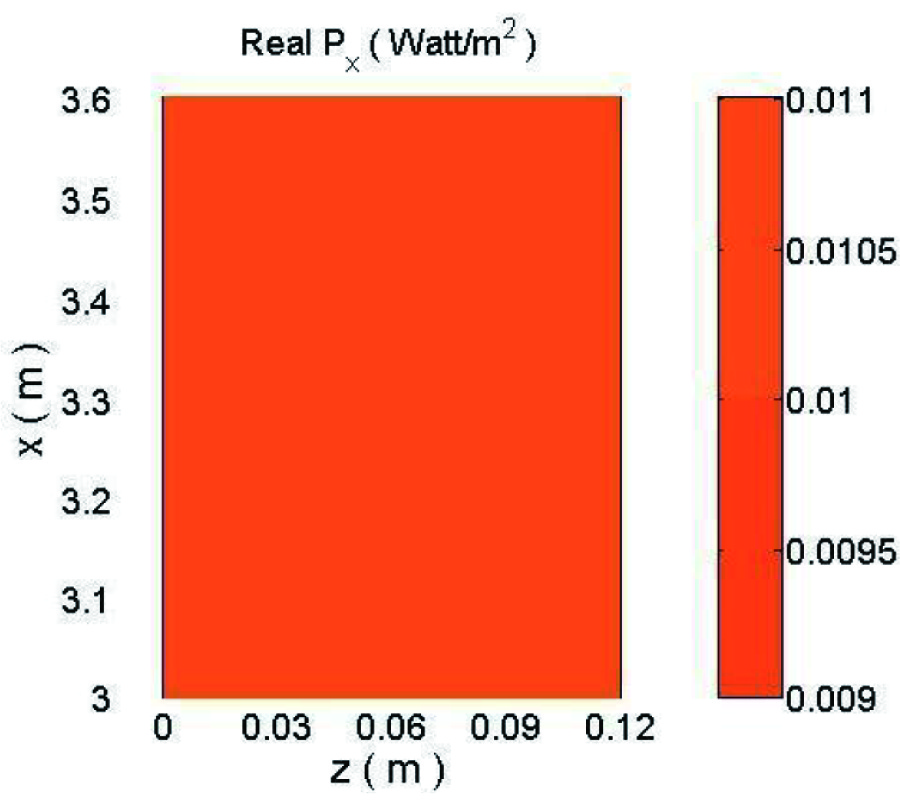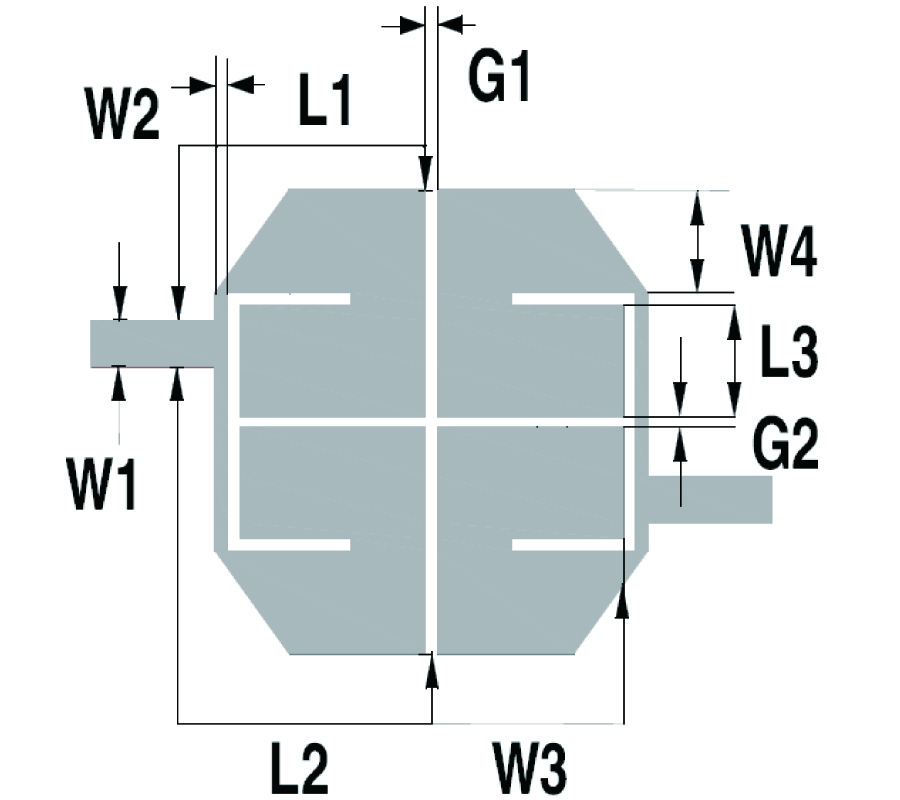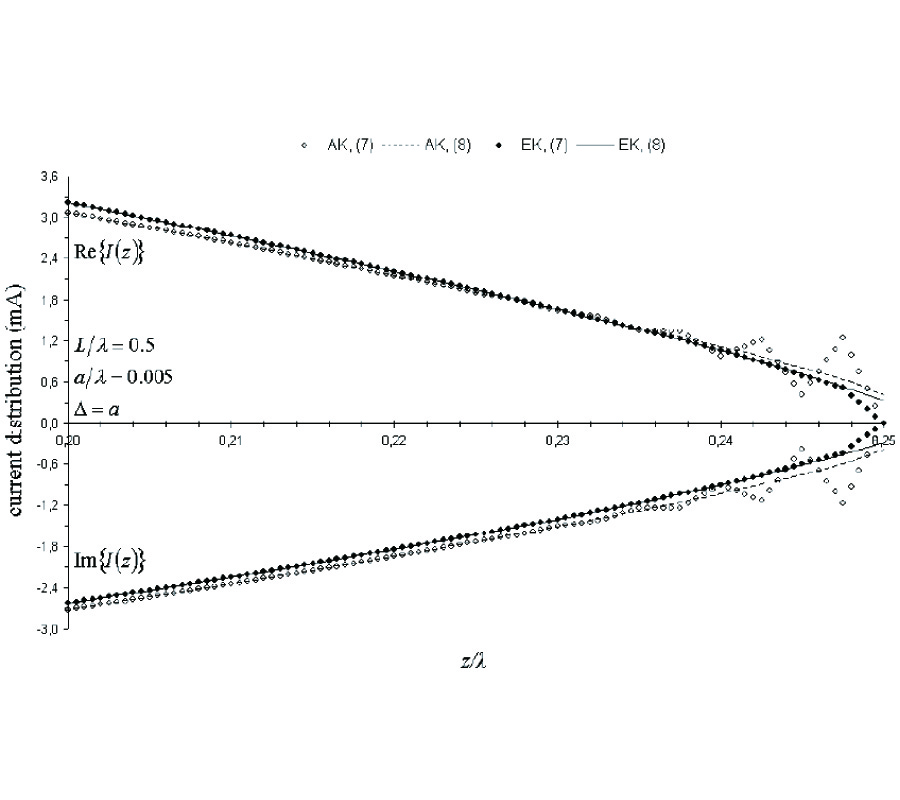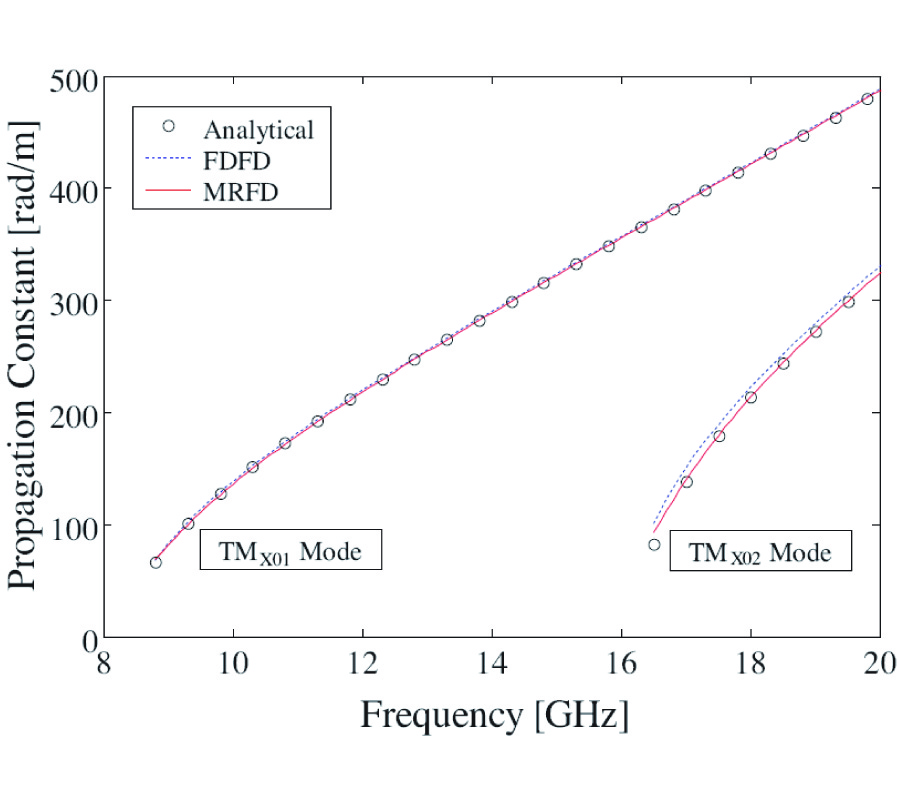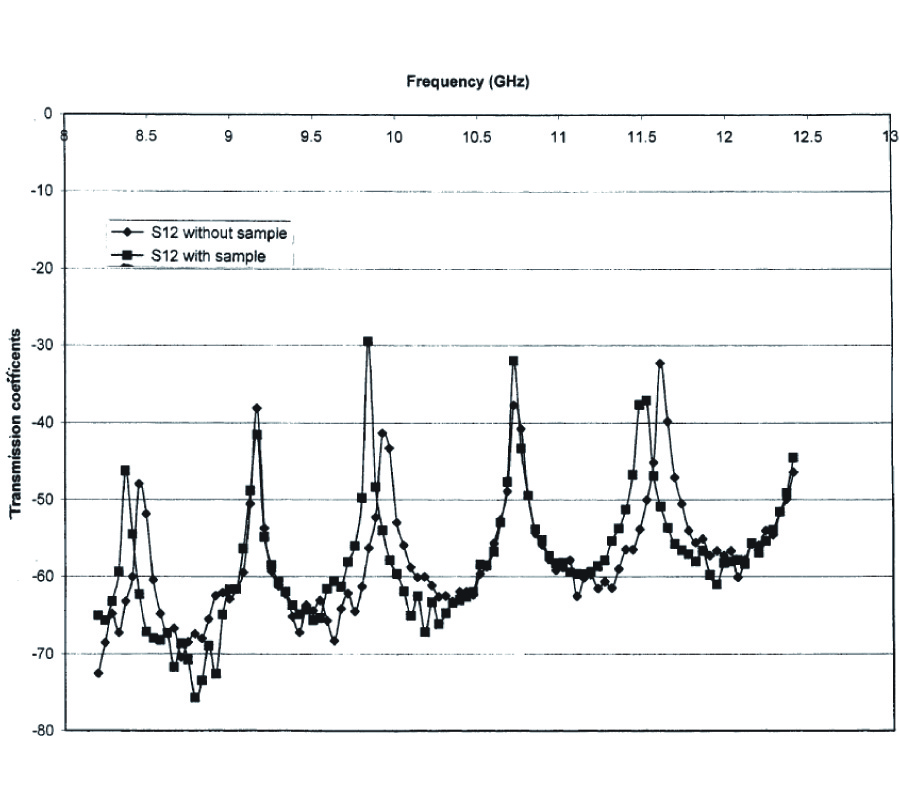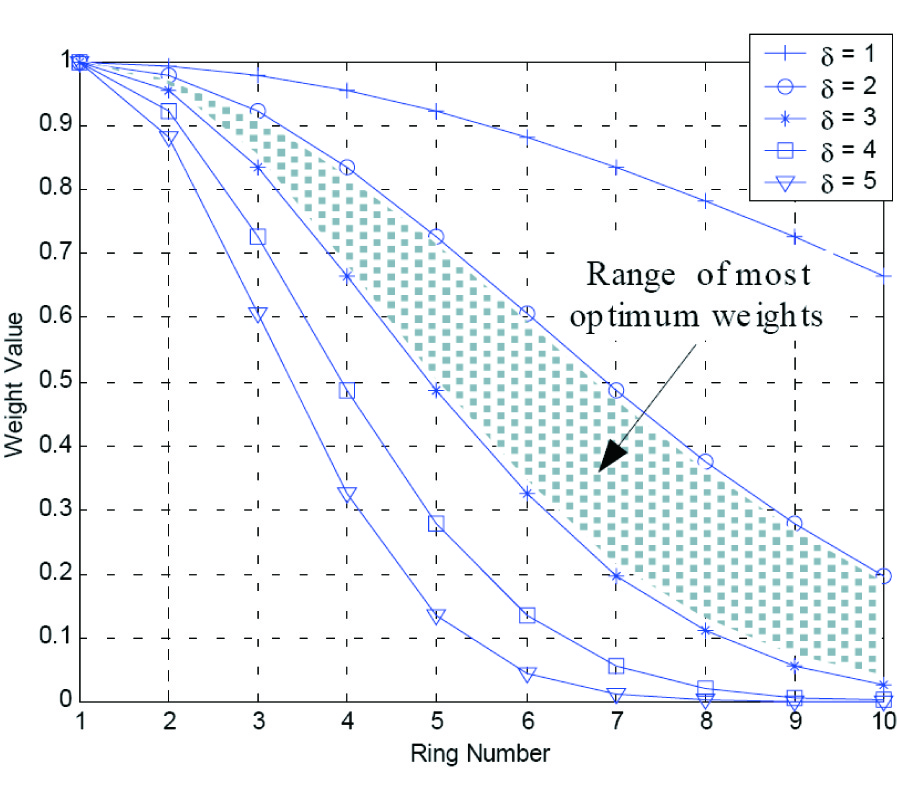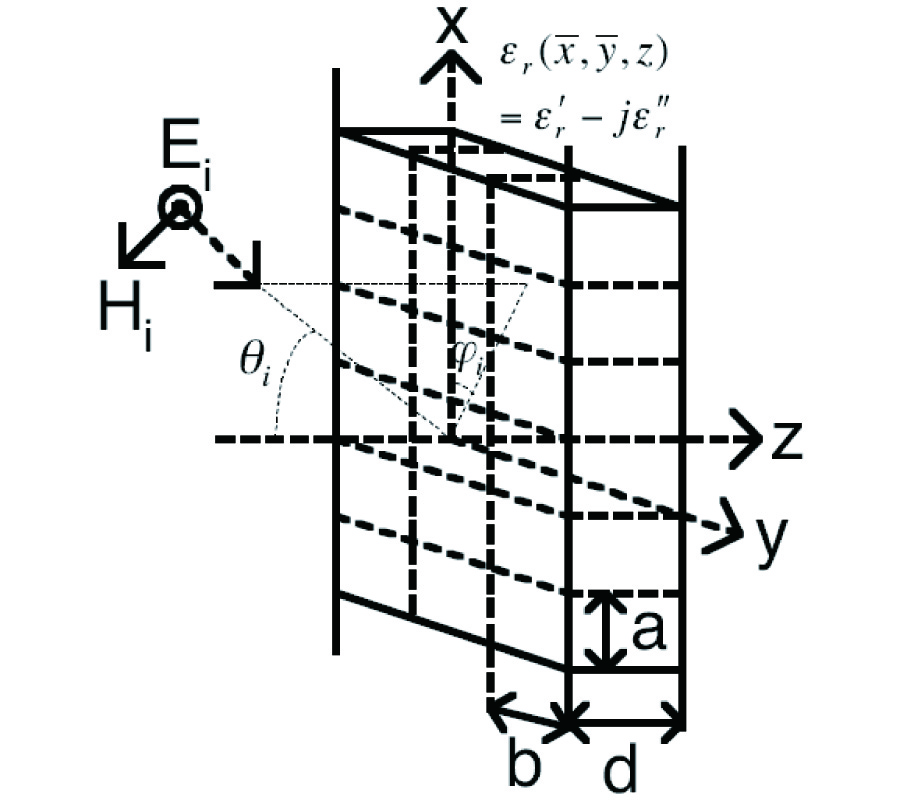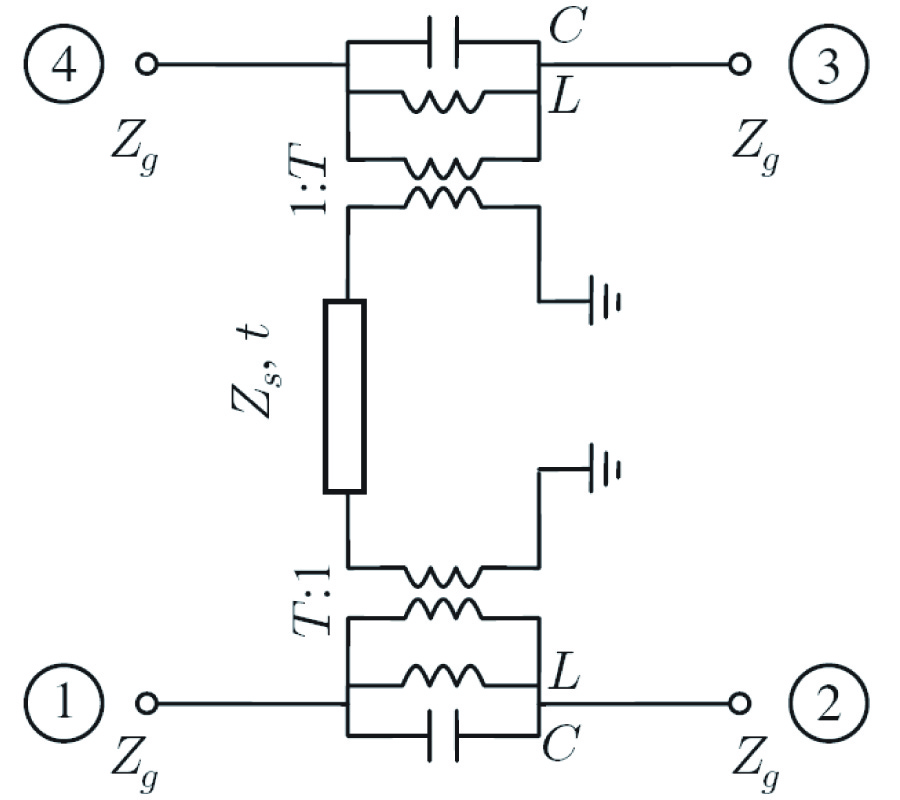Generalized Equivalent Circuit Model for Transverse Waveguide Slots and Applications
Islam Eshrah,
Ahmed Kishk,
Alexander Yakovlev and
Allen Wilburn Glisson
A generalized equivalent circuit model for waveguide transverse slots is proposed for the efficient analysis of waveguide transitions and waveguide slot antennas and slot-excited antennas. The transverse slots on the broad and end waveguide walls analyzed in this paper are decomposed into three structures: two apertures and an auxiliary waveguide section. The slot aperture in the host waveguide is modeled as an inductance-capacitance-transformer (LCT) combination, for which the equivalent inductance and capacitance are determined by first considering the case of zero-thickness slot, then the transformer turns ratio is calculated for the slot on a finite thickness wall. The effect of the wall thickness is accounted for by a waveguide section having cross-sectional dimensions equal to those of the slot, and length equal to the wall thickness. The loaded slot aperture is modeled along with the external load as a lumped load impedance. Expressions for the inductance, capacitance and transformer turns ratio are obtained in terms of the slot length and width. The obtained expressions facilitate the design of a variety of structures, including waveguide couplers, feeding networks and radiators. The equivalent circuit model proved to be accurate compared to the method of moments solution over a wide frequency band. Comparison of the scattering parameters obtained from the circuit analysis, the method of moments, and the finite-difference time-domain solutions exhibit very good agreement.


